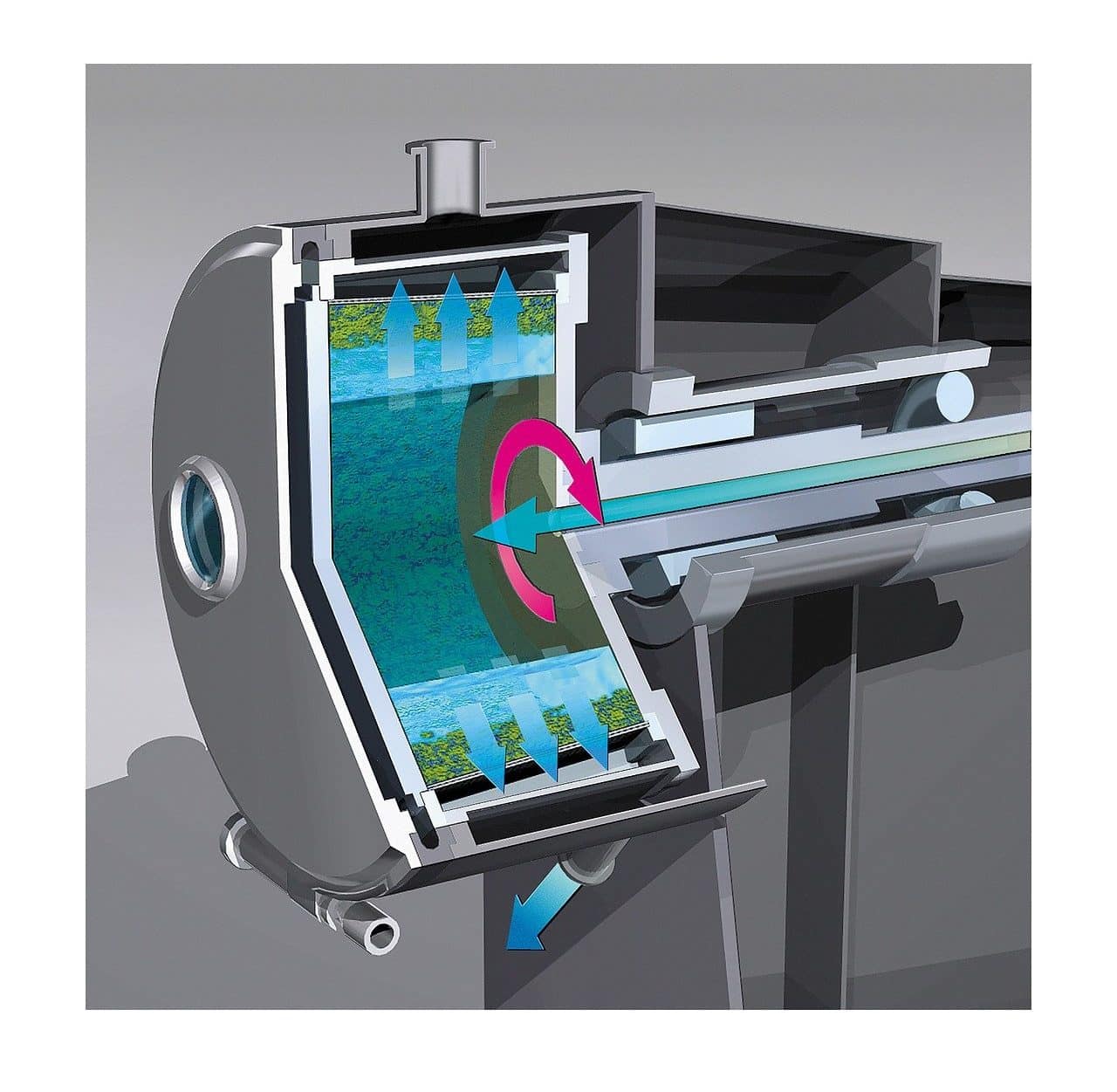
Centripetal acceleration involves a change in the direction of the speed of an object moving along a curvilinear path.
Centripetal acceleration is the magnitude that is linked to the modification of the direction of the speed of a body that moves following a curvilinear path. Given this trajectory, the centripetal acceleration is directed to the center of curvature of the path in question.
It should be noted that acceleration is the process and result of accelerating : causing speed to increase. Acceleration is also the magnitude that reflects the increase in speed in a time unit.
Centripetal , meanwhile, is that which attracts towards the center or moves towards it. The idea of center, on the other hand, can be used with reference to the point that is in the middle of something, equidistant from the edges or limits.
The etymology
To understand the concept, it is important to determine its etymological origin. In this regard we can highlight the following:
- Acceleration derives from the Latin acceleratio , which is the action that consists of increasing speed. It is the result of the sum of three components: the prefix ad- , which can be translated as "towards" ; the adjective celer, which is synonymous with "fast" ; and the suffix -cion , which indicates "action and effect" .
- Centripeta , on the other hand, comes from the Latin centripetus .

Centripetal acceleration is a magnitude.
Characteristics of centripetal acceleration
It is important to keep in mind that when an object moves in a curvilinear path, its speed always undergoes changes in direction, even when the speed is constant. This is because direction, beyond speed, is never constant.
In other words: a body can perform a uniform circular motion , maintaining a constant speed while traveling in a circular path. However, despite the constant speed, its speed is not constant because it is a magnitude that is tangent to the trajectory, and it modifies its direction repeatedly while making the circle.
Centripetal acceleration, therefore, does not change the magnitude of the velocity, but it does alter its direction , making the development of the trajectory possible.
centrifugal force
When we talk about centripetal acceleration, another type of acceleration always comes to mind, centrifugal . This new term is used to refer to the acceleration that bodies acquire as a result of what is known as the effect of centrifugal force . This force is defined as a fictitious force that is produced when the displacement of any object in a reference system, which is in rotation , is described.
From the latter we can highlight the following data of interest:
- It is totally radial , perpendicular to the movement of the body.
- It is identified by the fact that it is directed outwards.
- It can be decomposed into two: the component in the radial direction and the component in the north-south direction.
- It increases as the aforementioned centrifugal force does the same.
